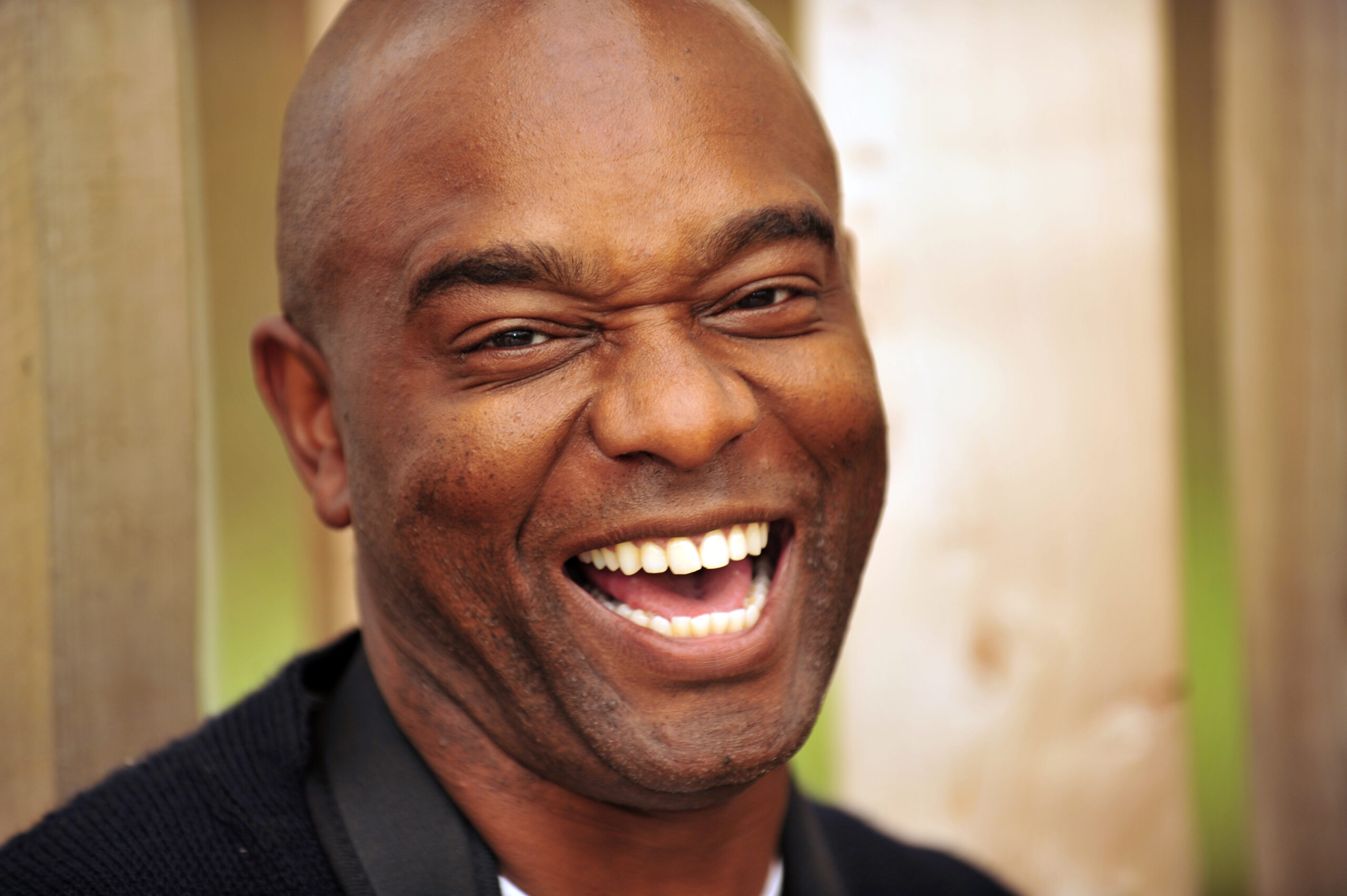If you don't
look, you won’t see. These wise words were uttered to me in the dim and distant past, but they still ring true today. As your observation skills improve, you will unconsciously spot birds more easily than before. Once learned, the arts of observation and awareness will add a whole new dimension to your birding.
- Birds occupy a bewildering variety of niches, so start training yourself to look for them in areas where they feed, nest and rest. Birds can be anywhere: in the air, on the water or furtively flitting around in bushes and trees.
- Get into the habit of thoroughly scanning the terrain, wherever you may be. I recall walking down London’s Oxford Street and noticing a small bird land on a rooftop. I got out my binoculars and, while bemused shoppers swarmed around me, I realised that I had found a black redstart.
- With patience and a bit of stealth, you will soon notice that certain species frequent certain habitats: the key is to look for movement. Ground-loving birds such as dunnocks lurk under bushes, while finches are more likely to be seen in the open. Trees can host a range of species, from crows to woodpeckers. On water, you’ll find ducks and grebes. But birds are unpredictable, so don’t be surprised if you see a pheasant in a tree or an unfortunate swift on the ground.
- Acquiring a pair of binoculars will greatly increase your ability to observe birds. When buying bins, test them out first. Make sure that they feel comfortable in your hands, that they fit your face and that you can see through them.
- It’s a common misconception that you can pick up a pair of binoculars and master them straightaway. Spotting and following anything through them is more difficult than it first appears, and it is worthwhile practising your hand-to-eye co-ordination.
- When I first used binoculars, I would find a slow-moving object, such as an aeroplane, with my naked eye and then raise them to see if I could pinpoint it immediately. With practice, you will soon be able follow a speeding bullet – well, almost!
If you meet a birder in the field and they say, “There’s nothing around,” don’t take it as read. There may have been nothing then, but there might be something now.
